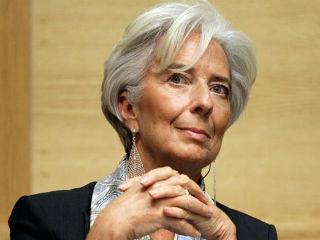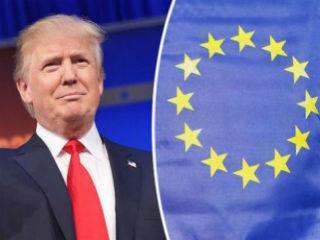According to its terms, the forum's strategic partners, consisting of around 100 companies, must bring along one woman in every group of five senior executives. But this move didn’t really get to the heart of the problem.

Less than a fifth of the 2,500 participants attending this year′s World Economic Forum are women.
by
Antonia Molloy* **
Less than a
fifth of the 2,500 participants attending this year's World Economic Forum are
women.
In fact, just 17 per cent of those assembled in Davos, Switzerland, this
week are female.
And
although the percentage has increased from a low of around 9 per cent in the
early 2000s and 15 per cent last year, it is still dismally low. In 2011,
the WEF introduced a quota to encourage female participation.
According to its terms, the forum's strategic
partners, consisting of around 100 companies, must bring along one woman in
every group of five senior executives. But this
move didn’t really get to the heart of the problem – which is simply that the
pool of women from which to choose is far smaller than that of men.
Despite
making up around half of the globe’s total population (obviously), women are
still not equally represented among the world's movers and shakers
(depressingly, that's obvious too).
Less than a
fifth of the 2,500 participants attending this year's World Economic Forum are
women.
In fact, just 17 per cent of those assembled in Davos, Switzerland, this
week are female.
And
although the percentage has increased from a low of around 9 per cent in the
early 2000s and 15 per cent last year, it is still dismally low.
In 2011,
the WEF introduced a quota to encourage female participation.
According to its terms, the forum's strategic
partners, consisting of around 100 companies, must bring along one woman in
every group of five senior executives.
But this
move didn’t really get to the heart of the problem – which is simply that the
pool of women from which to choose is far smaller than that of men.
Despite
making up around half of the globe’s total population (obviously), women are
still not equally represented among the world's movers and shakers (depressingly,
that's obvious too).
Davos 2015
in numbers
The theme
of this year's annual meeting addresses the world’s current state of flux -
"The New Global Context" – but if the participants are anything to go
by, women don’t have a particularly big role to play in the geopolitical issues
of the day.
These are
the figures for Davos 2015:
- 17
per cent of Davos participants are female.
- 20
per cent of participants from Greater China, North America and Central and
Eastern Europe are women.
- Between
15 and 20 per cent of those attending from Latin America, Africa and Western
Europe are female.
- Between
10 and 15 per cent of participants from the MENA region, Asia Pacific
(excluding China), South Asia and Russia are women.
- Speaking to
CNN last year WEF founder Klaus Schwab said "most of the famous women in
the world" participate in Davos.
However, the likes of IMF boss Christine
Lagarde, Queen Mathilde of Belgium and VP of Global Marketing Solutions at
Facebook Carolyn Everson are the exception, not the norm.
These are
the figures for women in global business in 2015:
- Less than
five per cent of the top companies have female chief executives, according to
Forbes.
- In 2014,
just over 10 per cent of the 1,645 Forbes' World's Billionaires were women.
- As of
September 2014, nine women served as Head of State and 13 served as Head of
Government, according to UN Women.
- Only 21.9
per cent of national parliamentarians were female as of 1 December 2014,
according to UN Women.
- As of
January 2014, only 17 per cent of government ministers were women, with the
majority overseeing social sectors, such as education and the family, according
to Un Women.
When these
numbers are compared with those for Davos, it turns out that the World Economic
Forum isn't actually as under-representative as it appears.
The numbers simply
reflect and, in many cases, exceed those in the outside world.
However, the 17
per cent is still well below the 30 per cent that is widely considered a key
benchmark for women's participation in matters of global importance.
And that
means there's a lot more to be done – because it should be 50 per cent.
*Antonia
Molloy writes for The Independent Online




 By: N. Peter Kramer
By: N. Peter Kramer
